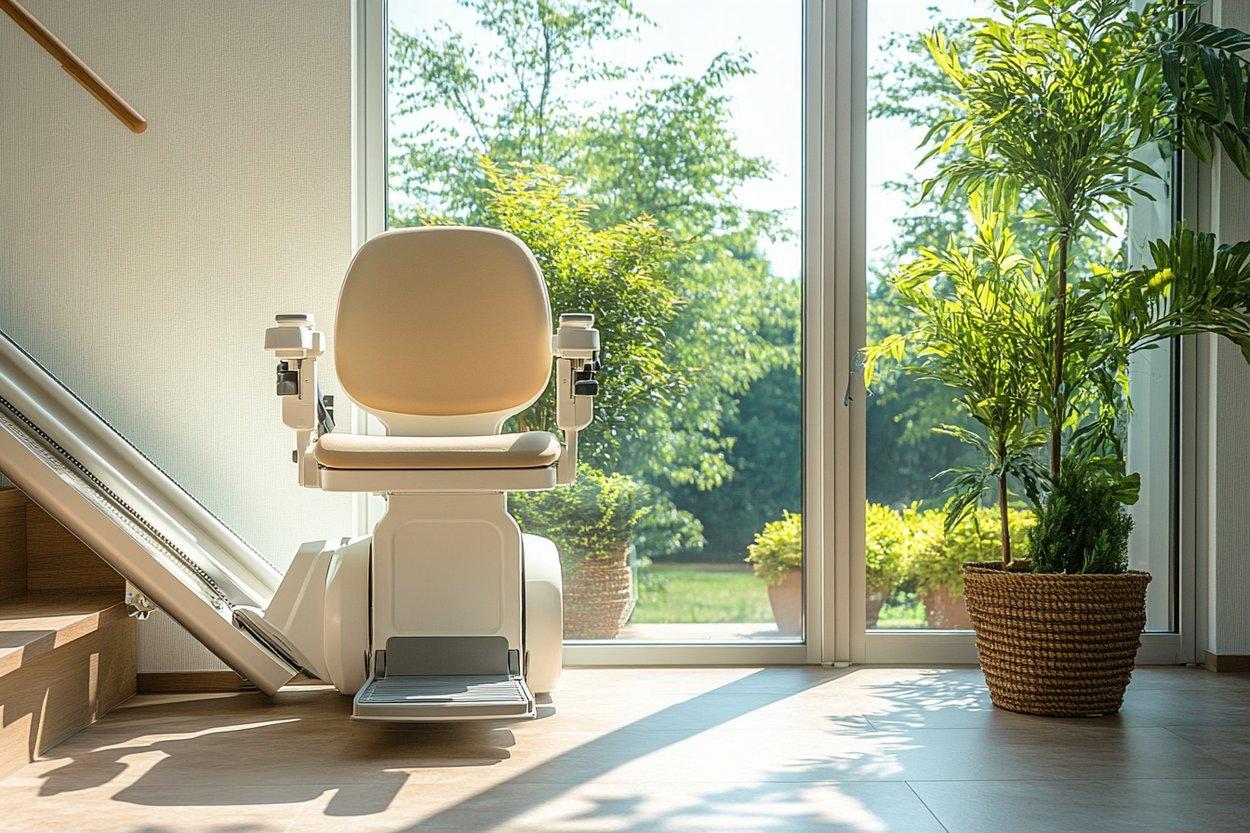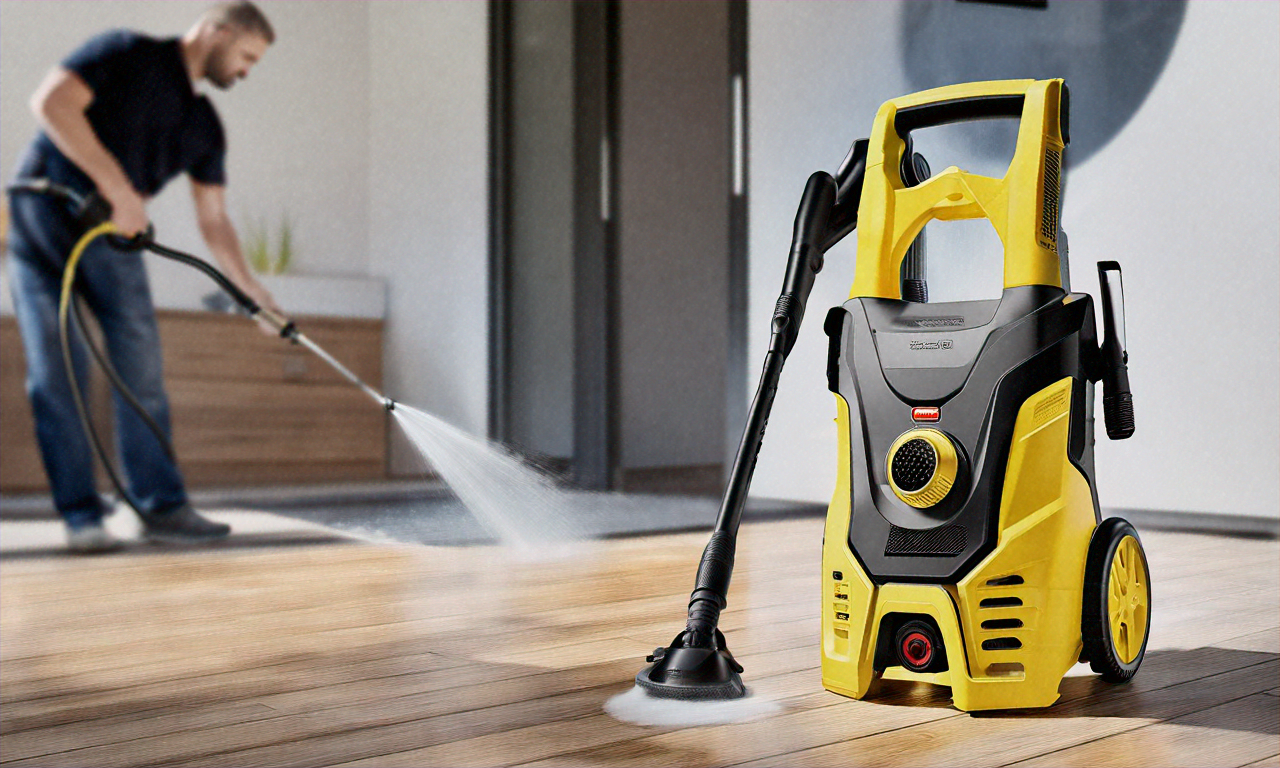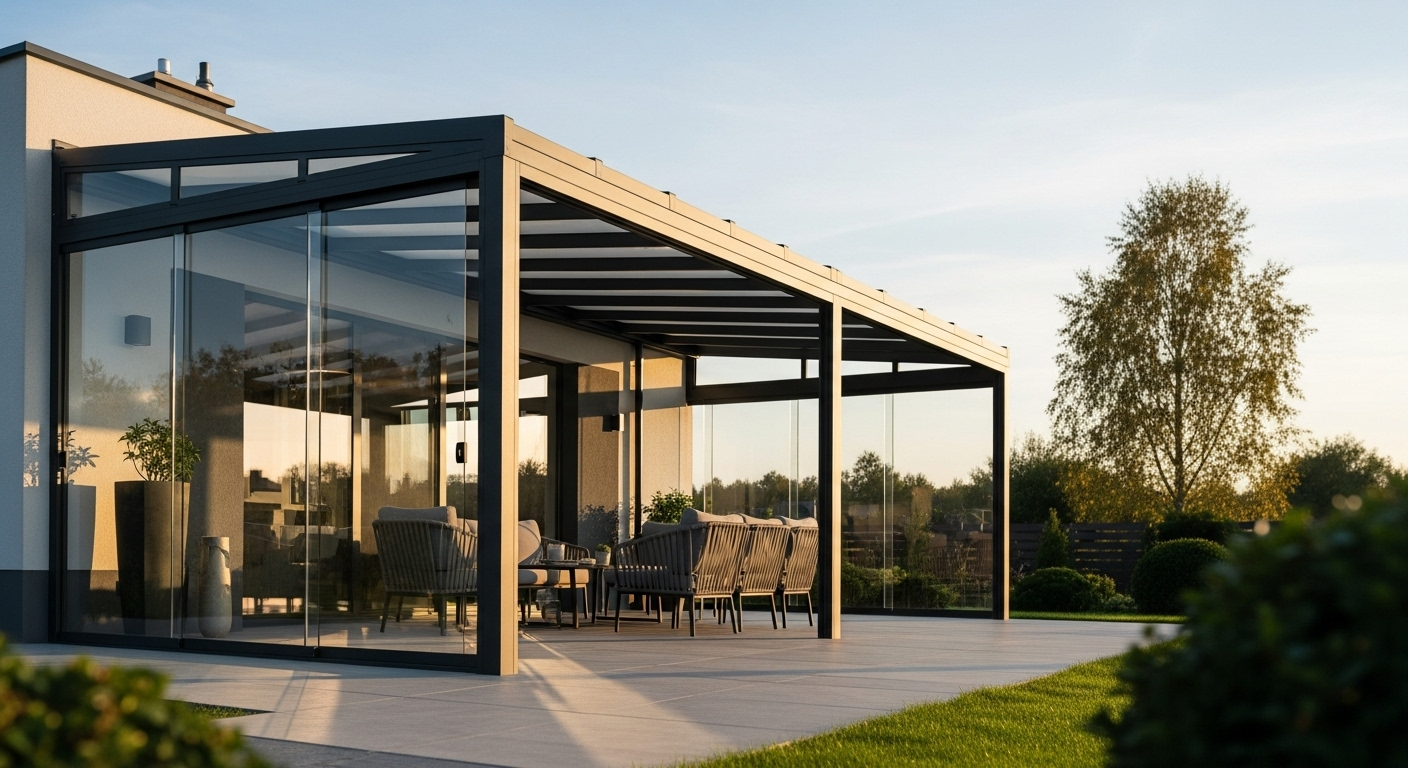Understanding Stair Lift Options for Aging in Place
Stair lifts provide essential mobility solutions for seniors and individuals with limited mobility who wish to remain in multi-level homes. These specialized devices offer independence, safety, and accessibility by eliminating the challenge of navigating stairs. As aging in place becomes increasingly important, understanding the various stair lift options, costs, and alternatives can help families make informed decisions about home accessibility modifications.

Stair lifts have become an increasingly popular solution for individuals who face mobility challenges but wish to remain in their multi-level homes. These mechanical devices attach to staircases and transport users up and down safely and comfortably, eliminating one of the most significant barriers to aging in place. With various models, features, and price points available, it’s important to understand the options before making this significant investment in home accessibility.
Stair Lift Options Designed for Seniors
Stair lifts specifically designed for seniors incorporate features that address the unique needs of older adults. Most modern stair lifts include safety sensors that stop the lift if obstacles are detected, preventing potential accidents. Ergonomic seating with adjustable height options accommodates different body types and mobility levels, while easy-to-use controls with large buttons make operation simple for those with dexterity issues or visual impairments.
Many senior-focused stair lifts also offer swivel seats that rotate at the top of the stairs, allowing for safer transfers on and off the lift. Battery backup systems ensure the lift remains operational during power outages, providing peace of mind for users who depend on the device for daily mobility. Some models even feature call/send controls, allowing the user to summon the lift from either end of the staircase without assistance.
For seniors with progressive conditions, choosing a stair lift with adaptable features is particularly important. Models with adjustable armrests, footrests, and seat widths can accommodate changing needs over time, potentially extending the useful life of the investment.
New Mobile Stair Lifts Require No Installation
A recent innovation in the stair lift market is the development of portable or mobile stair lifts that require minimal or no permanent installation. These units offer significant advantages for certain situations, particularly for temporary needs or rental properties where permanent modifications aren’t feasible.
Mobile stair lifts typically operate on rechargeable battery systems and can be moved from one staircase to another as needed. Some models use a track system that can be quickly attached to stairs without drilling or permanent mounting, while others function more like a portable chair that climbs stairs using advanced mechanics.
The primary benefit of these systems is flexibility – they can be deployed quickly, moved between locations, and removed when no longer needed. They’re ideal for situations such as recovering from surgery, accommodating visiting relatives with mobility issues, or testing a stair lift solution before committing to a permanent installation.
However, mobile options may have limitations compared to traditional installed models, including weight capacity restrictions, slower operation speeds, and potentially shorter battery life. They’re generally best suited for occasional rather than frequent daily use.
Residential Elevator Lift Alternatives
For homeowners seeking a more comprehensive vertical mobility solution, residential elevators represent a premium alternative to stair lifts. These systems provide transport between floors without requiring users to transfer to and from a chair, making them ideal for wheelchair users or those with more significant mobility limitations.
Modern residential elevators come in several varieties. Traditional hydraulic elevators offer smooth, quiet operation but require more space for installation. Pneumatic vacuum elevators use air pressure differential technology and feature a sleek, cylindrical design with a smaller footprint. Cable-driven elevators, similar to commercial models but scaled for home use, offer another option.
While residential elevators provide superior convenience and can potentially increase property value, they represent a significantly larger investment than stair lifts. Installation typically requires substantial structural modifications to the home, including dedicated shaft space and mechanical rooms, though newer models have reduced these requirements somewhat.
Alternatives To Stair Lifts For Home Accessibility
When considering home accessibility options, stair lifts represent just one of several possible solutions. For some situations, alternatives may prove more practical or cost-effective based on specific needs and home configurations.
Home modifications such as ramps provide excellent accessibility for wheelchair users but require adequate space and may alter the home’s exterior appearance. Platform lifts, which raise users vertically between levels, work well for short distances and can be installed indoors or outdoors. For more extensive modifications, first-floor master bedroom conversions eliminate the need to access upper floors altogether.
Another option gaining popularity is the through-floor lift, which creates a small elevator-like passage between floors, typically large enough for a wheelchair. While more invasive than a stair lift installation, these lifts require less space than full residential elevators and provide similar functionality for wheelchair users.
For temporary situations or budget constraints, portable ramps and stair-climbing wheelchair attachments offer non-permanent solutions. Some individuals also opt for stair-climbing wheelchairs with specialized treads that can navigate stairs, though these require significant upper body strength or assistance.
Stair Lift Elevator Cost Comparison
The cost of stair lift solutions varies significantly based on type, features, and installation requirements. Understanding the price ranges helps consumers budget appropriately for this important accessibility modification.
| Type of Mobility Solution | Average Cost Range | Installation Requirements | Ongoing Maintenance |
|---|---|---|---|
| Straight Stair Lift | $2,000-$5,000 | Minimal home modification | $100-200 annual service |
| Curved Stair Lift | $8,000-$15,000 | Custom rail fabrication | $100-300 annual service |
| Outdoor Stair Lift | $4,000-$12,000 | Weather-resistant features | $200-400 annual service |
| Mobile/Portable Stair Lift | $3,000-$6,000 | None/minimal | Battery replacement |
| Residential Elevator | $25,000-$50,000+ | Major structural changes | $300-500 annual service |
| Through-Floor Lift | $15,000-$25,000 | Moderate structural changes | $200-400 annual service |
Prices, rates, or cost estimates mentioned in this article are based on the latest available information but may change over time. Independent research is advised before making financial decisions.
Additional cost factors include warranty coverage, which typically ranges from 1-5 years depending on the manufacturer, and potential home modifications needed to accommodate certain systems. Medicare generally does not cover stair lifts, though some Medicare Advantage plans might offer partial coverage. Some states provide financial assistance through Medicaid waiver programs for qualifying individuals.
Making the Right Mobility Choice
Selecting the appropriate mobility solution requires careful consideration of current and future needs. For many seniors and individuals with mobility limitations, stair lifts provide an excellent balance of functionality, affordability, and minimal home disruption. They enable continued use of all home levels while preserving independence and reducing fall risks.
When evaluating options, consider factors beyond initial cost, such as the expected duration of need, the specific mobility challenges being addressed, and the structural characteristics of your home. Consulting with a certified aging-in-place specialist or occupational therapist can provide valuable guidance tailored to individual circumstances.
Many suppliers offer rental options or reconditioned units that can significantly reduce costs for temporary needs. Additionally, some organizations provide financial assistance or low-interest loans for home accessibility modifications, making these important safety improvements more accessible to those on fixed incomes.
Ultimately, the best mobility solution is one that balances practical considerations with quality of life improvements, allowing individuals to remain safely in their homes with dignity and independence.




